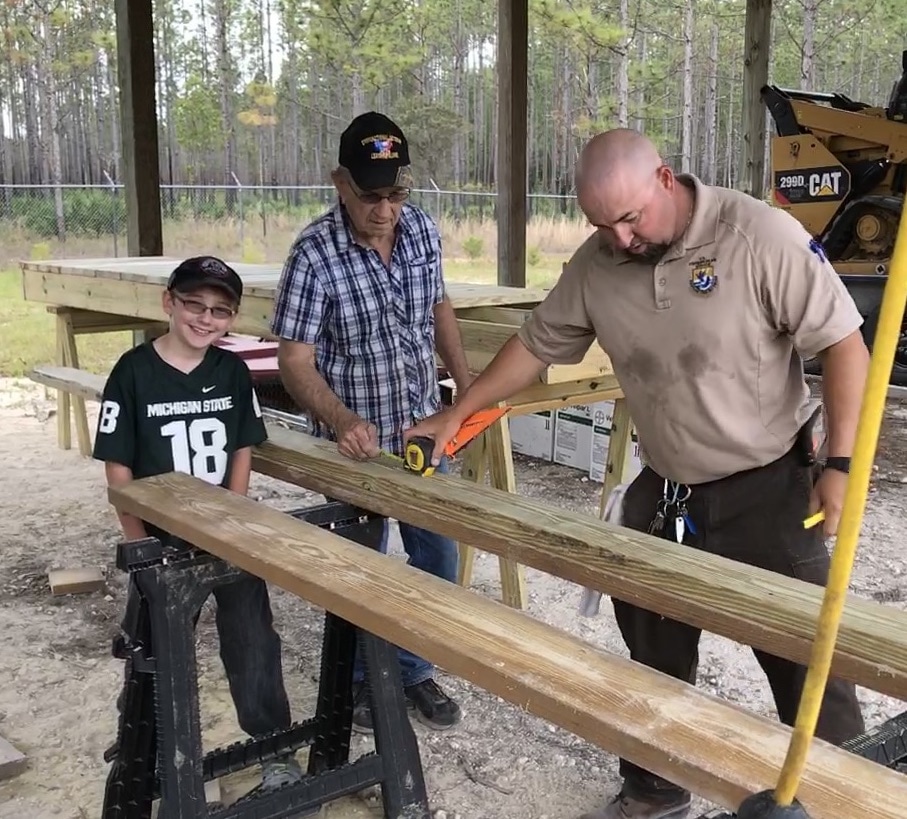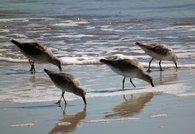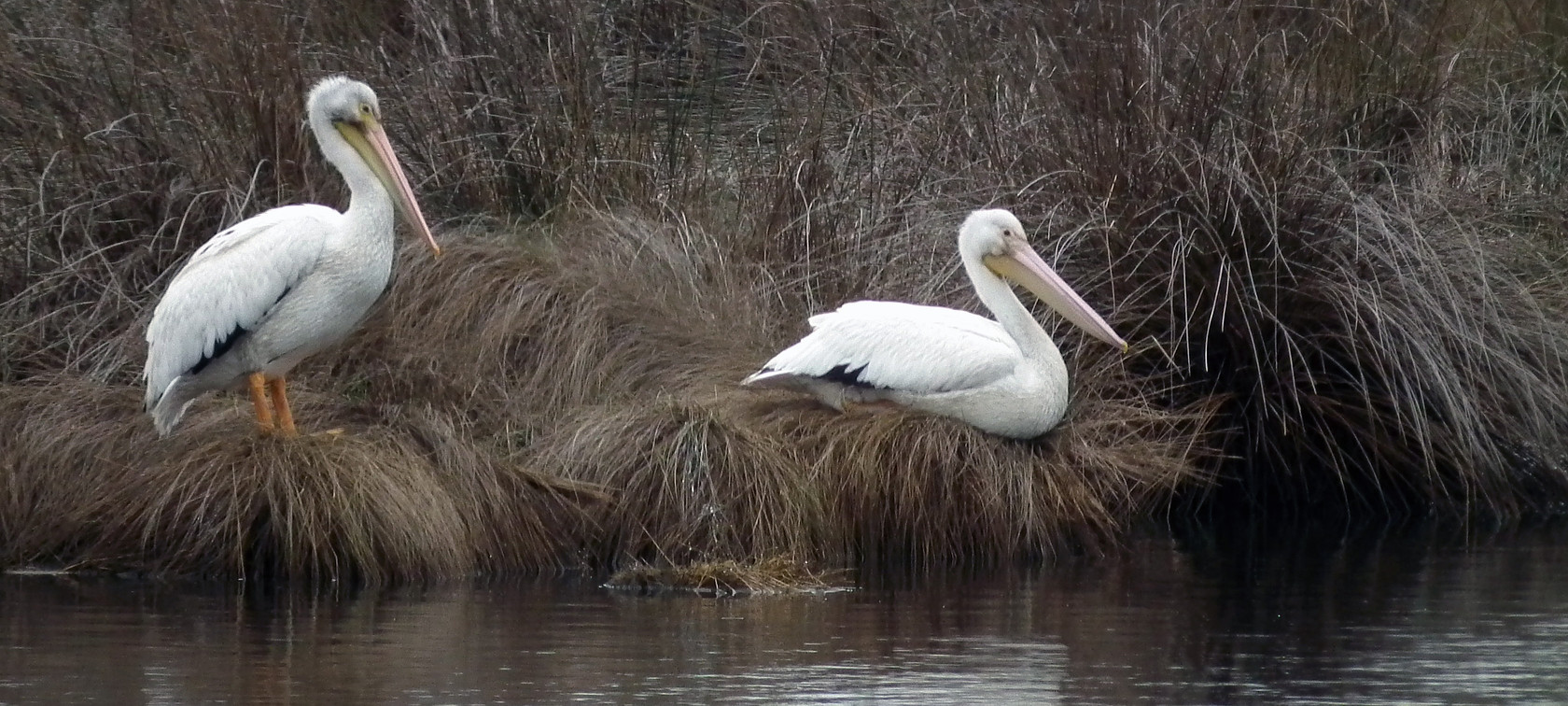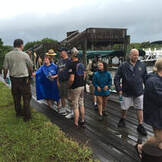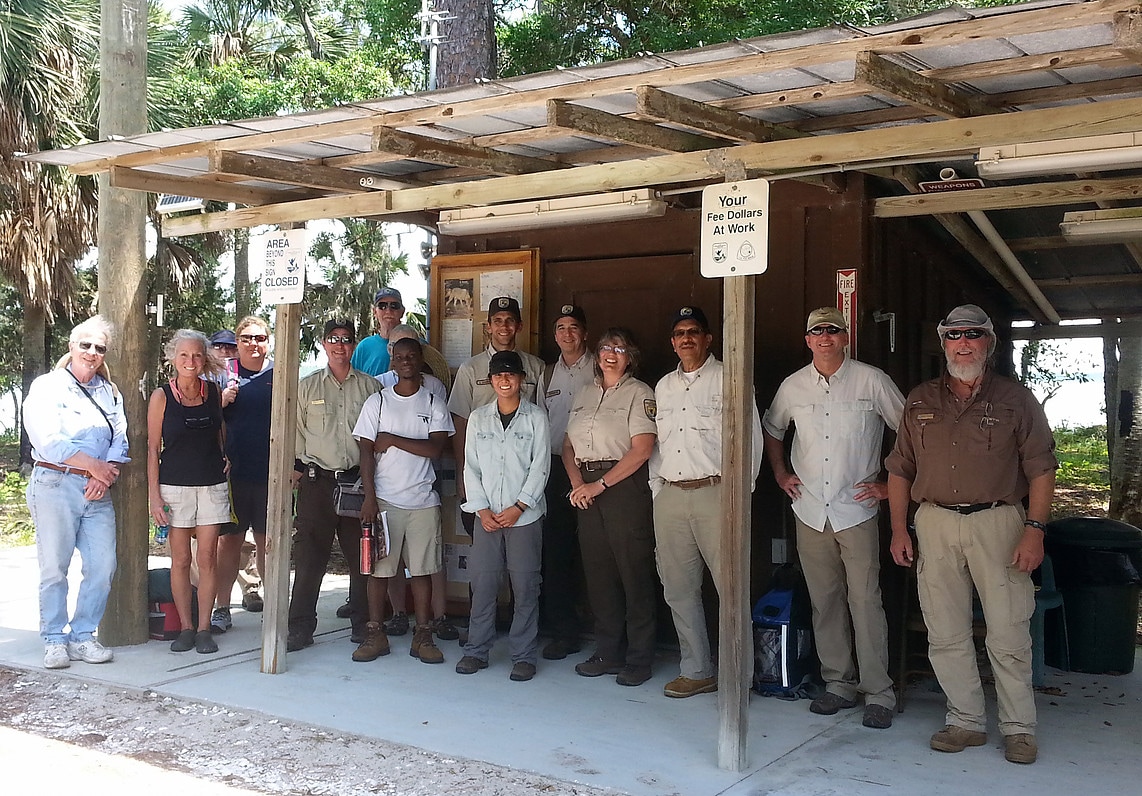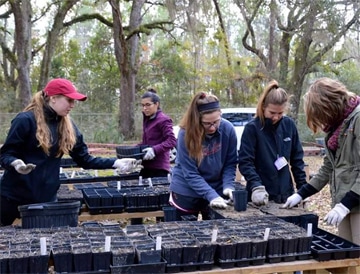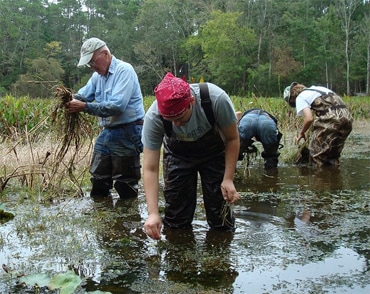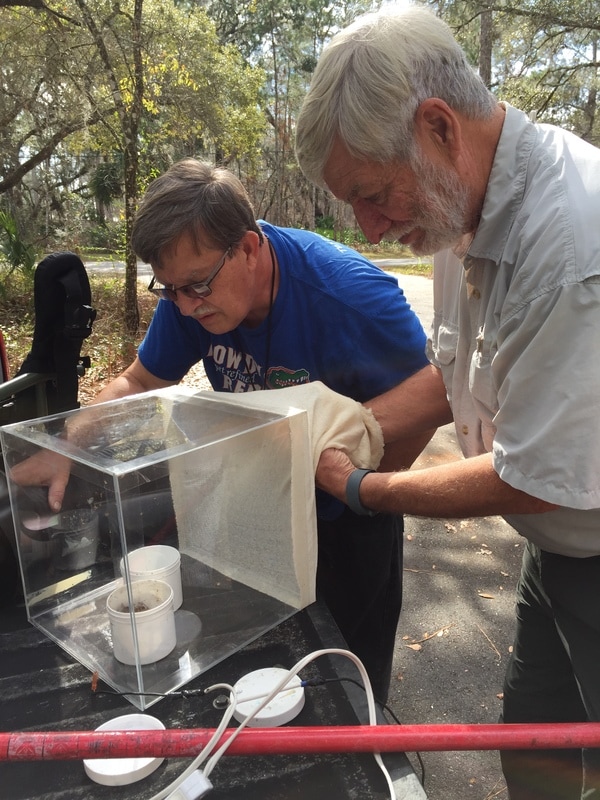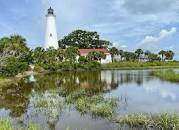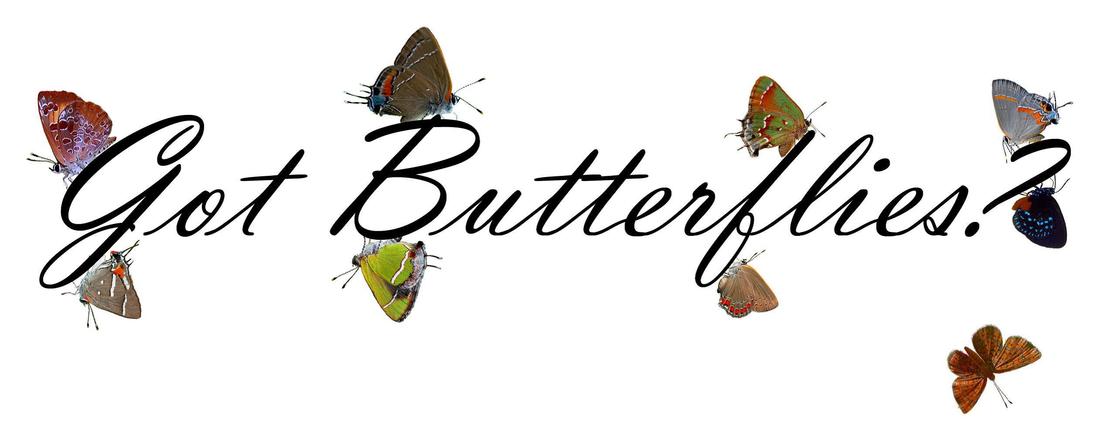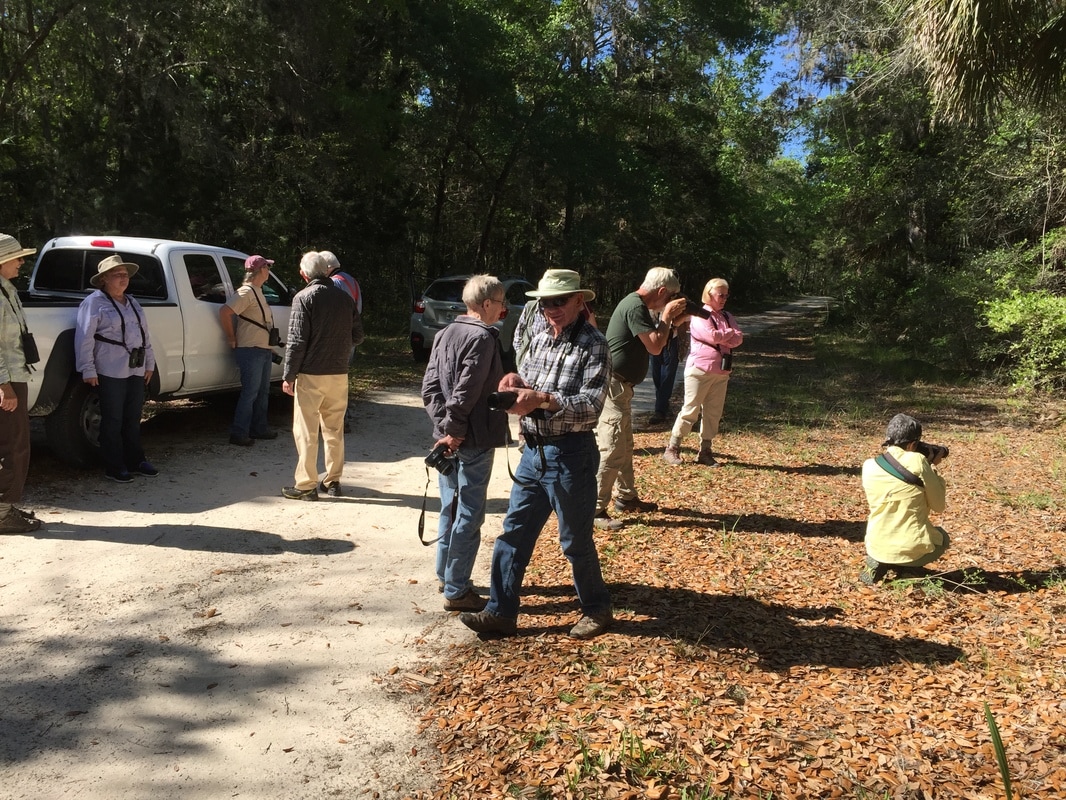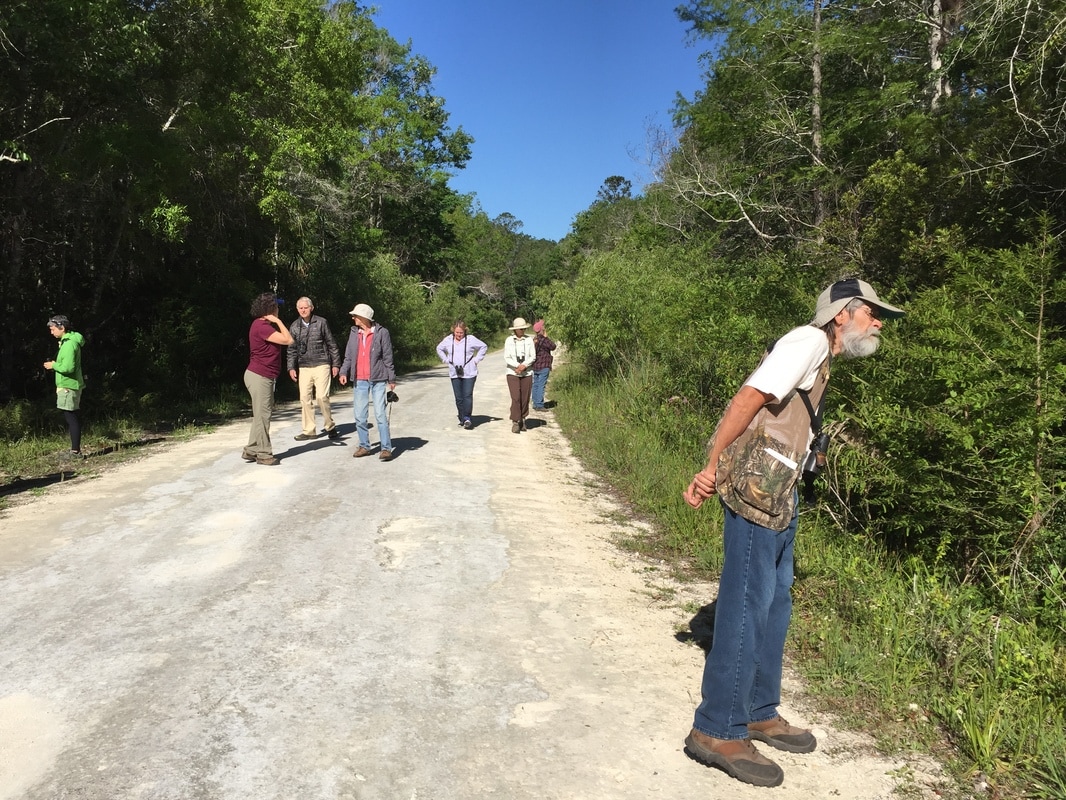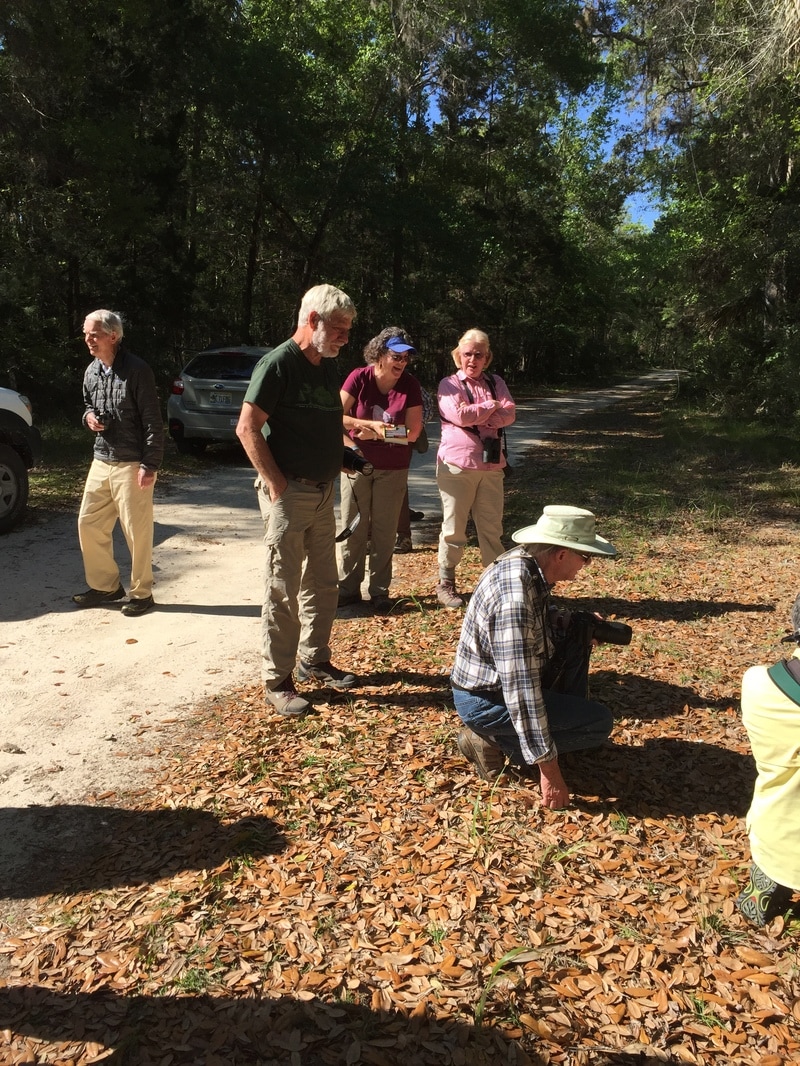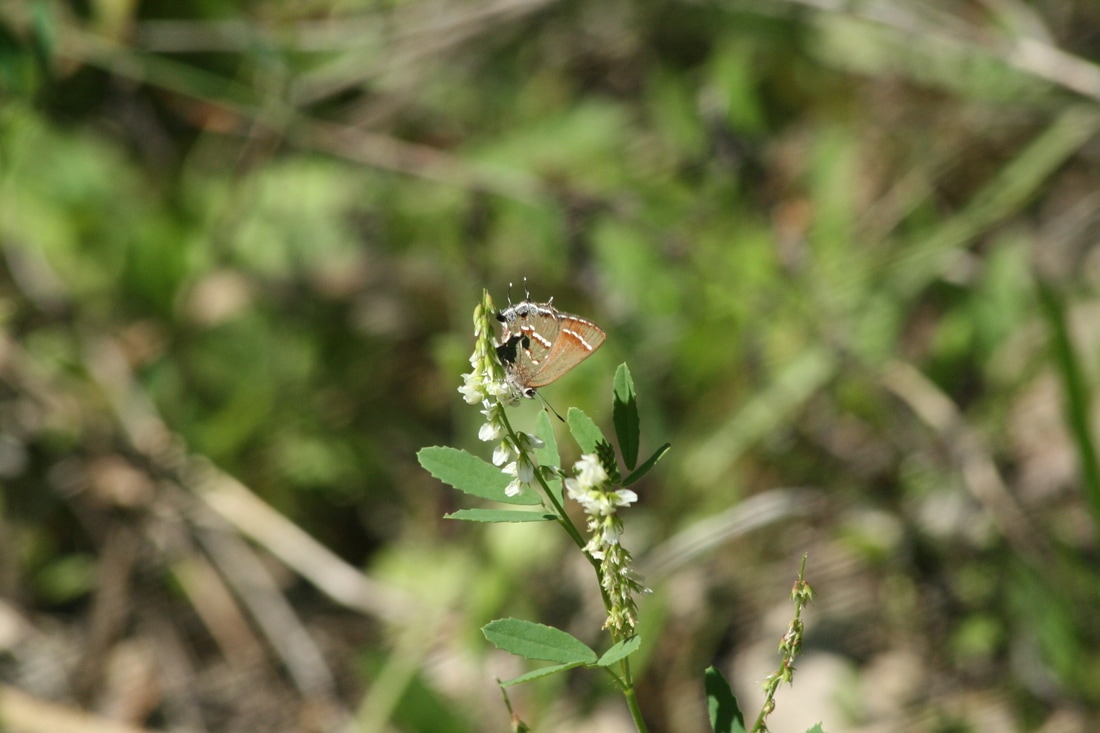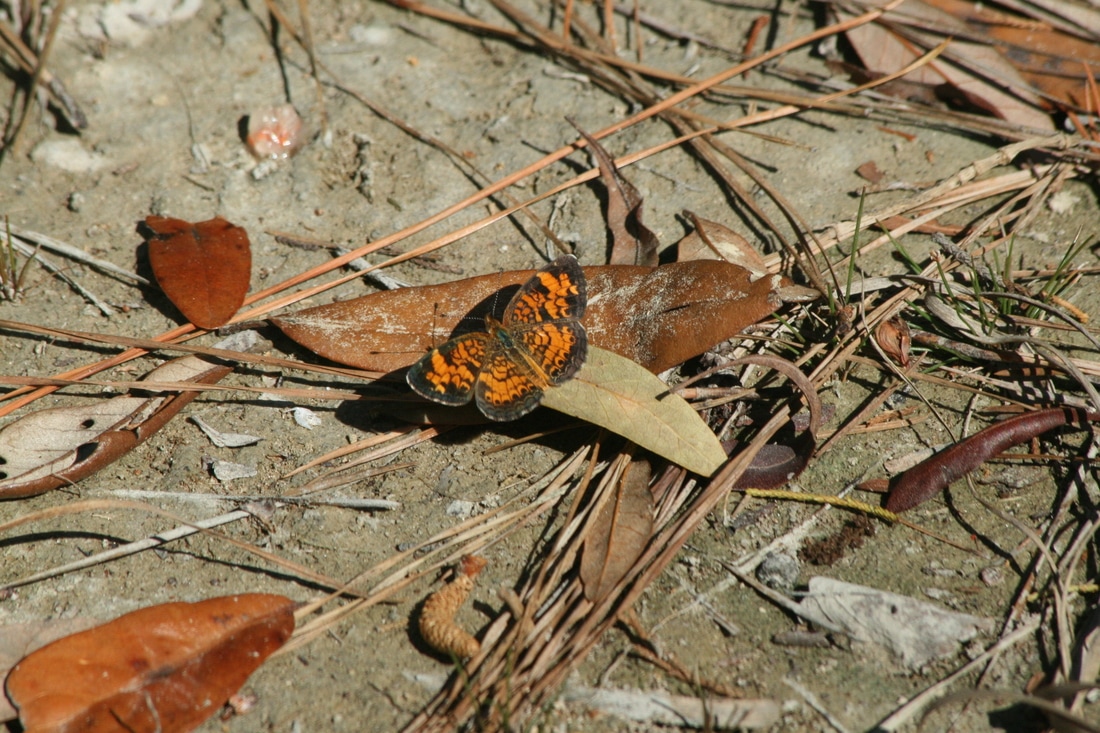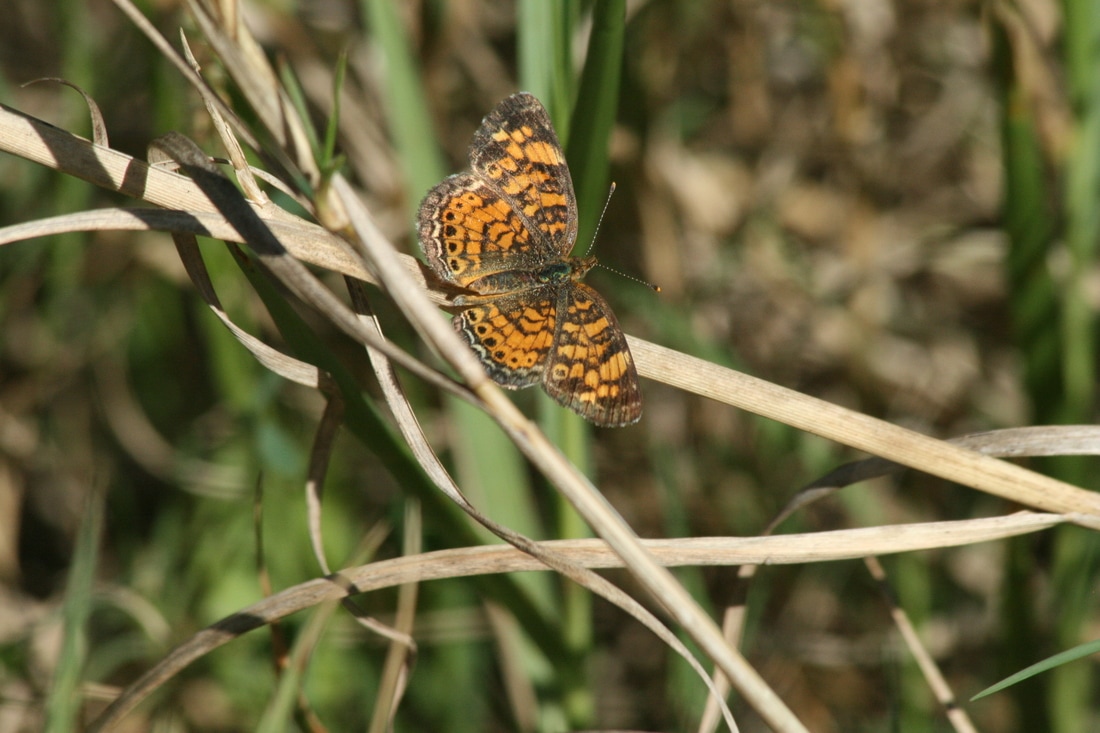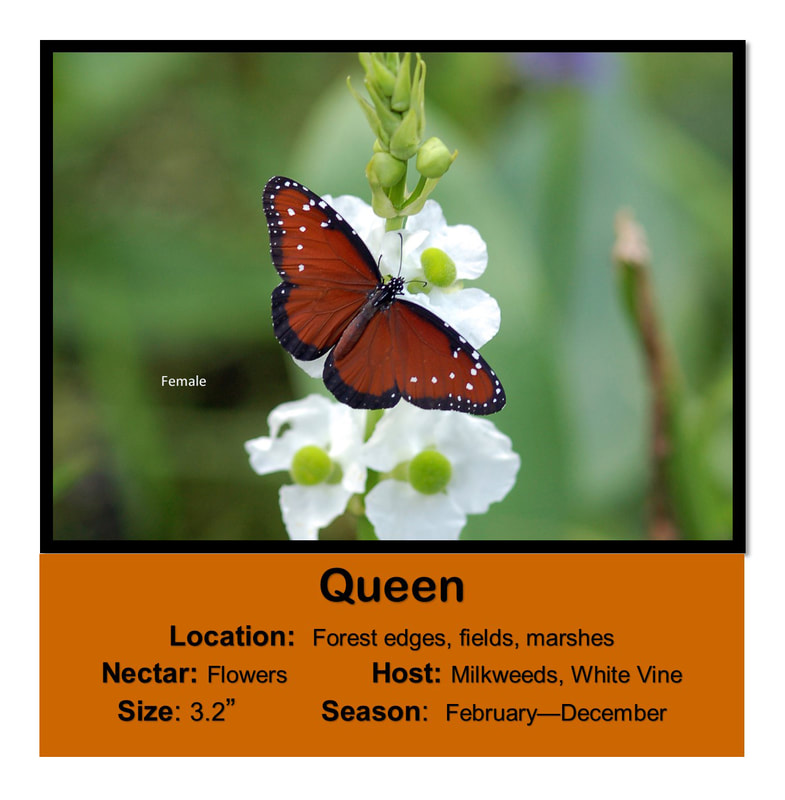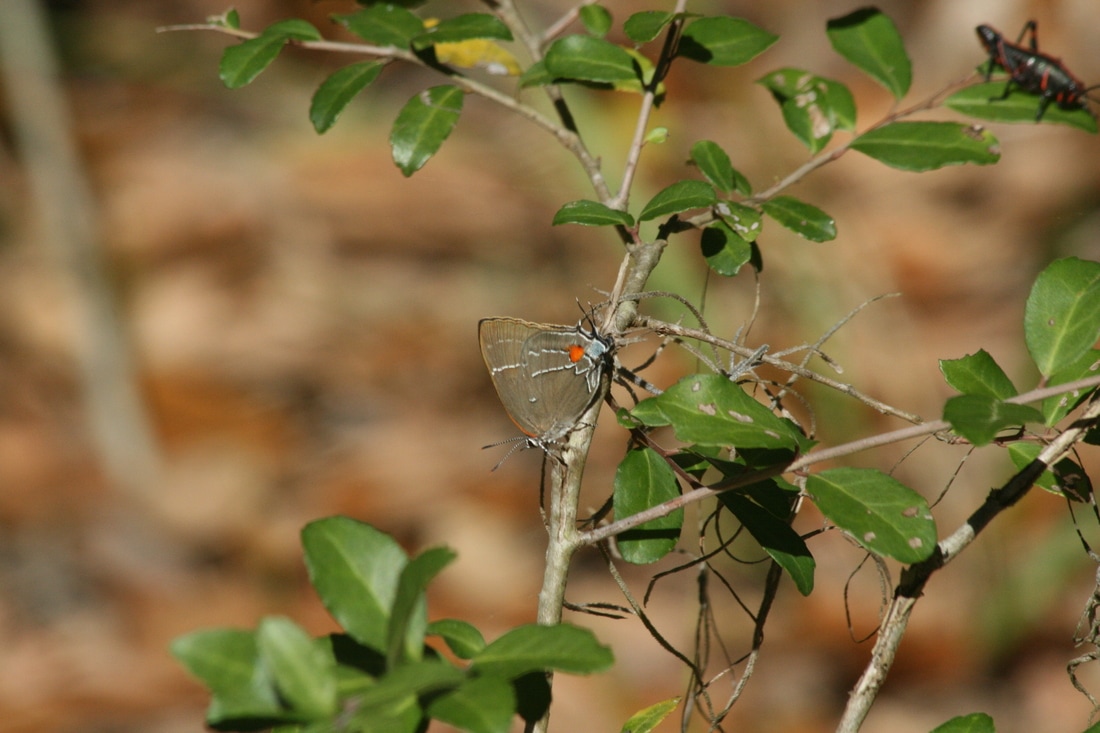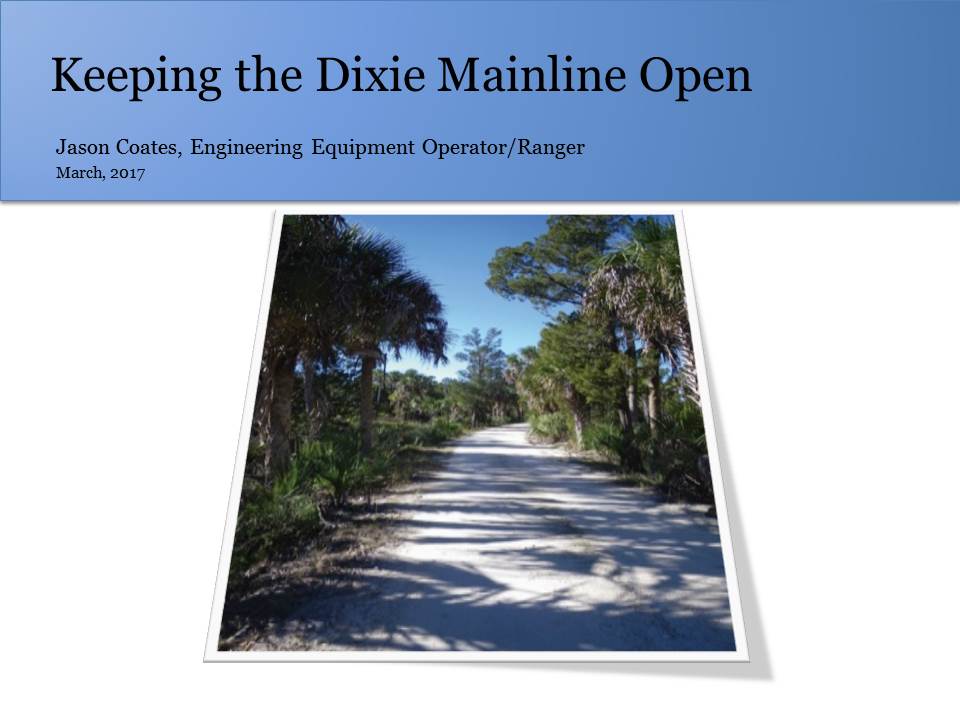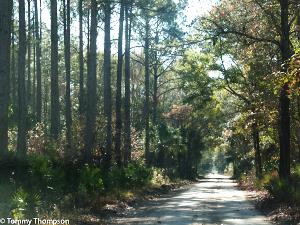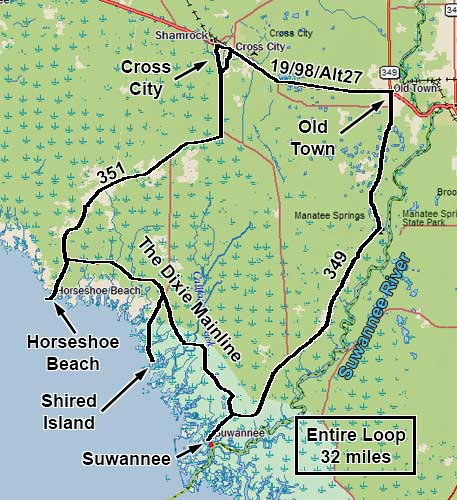|
A graduate class offered University of Florida students from the Law School, the College of Liberal Arts and Sciences, and the Institute for Food and Agricultural Sciences a first hand experience studying climate change in Cedar Key and on the Suwanee River. Below is a link to a 6-minute video about the class. It includes many lovely images of our refuges and region.
0 Comments
Two footbridges destined for the Natural Pine Forest trail off the Dixie Mainline were framed and the decking was pre-cut by Ranger Jason Coates, Bill Price, 9-year-old Tristan and Debbie Meeks in the shade at the Weeks compound. The bridges will be transported to the trail and set in place on a future work day, probably in May. If you would like to help please contact the Friends.
On Tuesday April 11, after months of trying to make it happen, several members from each of the Friends groups associated with the Refuges in the North Florida Refuge Complex met at St. Mark's. Those attending were:
Sue led the meeting. The goal was to align and strengthen the advocacy efforts of our Friends groups on behalf of our Refuge Complex and our individual Refuges. We each described our Refuges and what makes each of us get involved with our Friends organizations. The introductions revealed commonalities and differences among the four Refuges. They also highlighted differences among the Friends groups, how they see their roles, and how they operate in supporting their Refuges. St Marks: The Friends is a 30-year old, large, well established, and sprawling organization, with many volunteers, about 500 Friends members, generous donors, and standing committees in such areas as development and advocacy. The Refuge serves a large visitor base and sees that as one of the Refuge’s significant contributions to the region. At least some of St. Marks volunteers are managed by Refuge staff. St Vincent: Because of its isolation, St. Vincent has few visitors, and the Friends group has a comparatively small member base of about 100, but is actively involved in political activism. Friends of St. Vincent recently celebrated the 10th anniversary of its founding. Both St. Marks and St. Vincent Friends groups have strong ties with Florida State University. Lower Suwannee and Cedar Keys: Our Friends organization is 16 years old, with about 250 members. We want to increase support of our Refuges through volunteers and the kind of advocacy in which St. Vincent Friends is doing. We discussed possible advocacy initiatives, especially trying to think of ways to prevent our Refuges from bearing the brunt of budget cuts.
The final hour of the meeting was devoted to a conference call with Desiree Sorenson-Groves, Vice President for Government Affairs at NWRA.
Friends of Lower Suwannee & Cedar Keys also has a contact with Dunn’s office. It came about through a Dixie county commissioner who attended a recent presentation about a critical road on the Refuge. The presentation was arranged by Board Member Debbie Meeks and given by Jason Coates of the Lower Suwannee Refuge staff.
The call ended with appreciation on both sides for the time to together.
The meeting ended quickly thereafter with participants expressing satisfaction at the outcome and hopes to have another get together in the relatively near future. All were grateful to Mary for hosting us. Saturday, April 8 started cold . . . in the high 30s . . . and ended delightfully . . . in the mid 70s. The weather supported two refuge-related activities. In the morning, Friends members joined members of the North American Butterfly Association for the annual survey of butterflies at the Lower Suwannee National Wildlife Refuge. Well, we DID have a productive day on Saturday! On a perfectly sunny and clear all day, on a Refuge with plenty of great nectar, the team started seeing butterflies before it even warmed up. The count totaled 33 species, including Southern Pearly Eye Satyr - a new one for the Nature Drive on the Levy County south side of the Refuge. That brings the total list of species to a whopping 87!! If you click on the "Got Butterflies" banner above, it will take you to a primer of the butterflies with marvelous photos by Friends member and butterfly expert Barbara Woodmansee.
By popular demand, the presentation slides are posted below. Click on the photo. Dixie County Times Report |
Archives
June 2024
|

Friends of the Lower Suwannee & Cedar Keys National Wildlife Refuges
P. O. Box 532 Cedar Key, FL 32625 [email protected] We are a 501(c)(3) nonprofit organization. |
|
